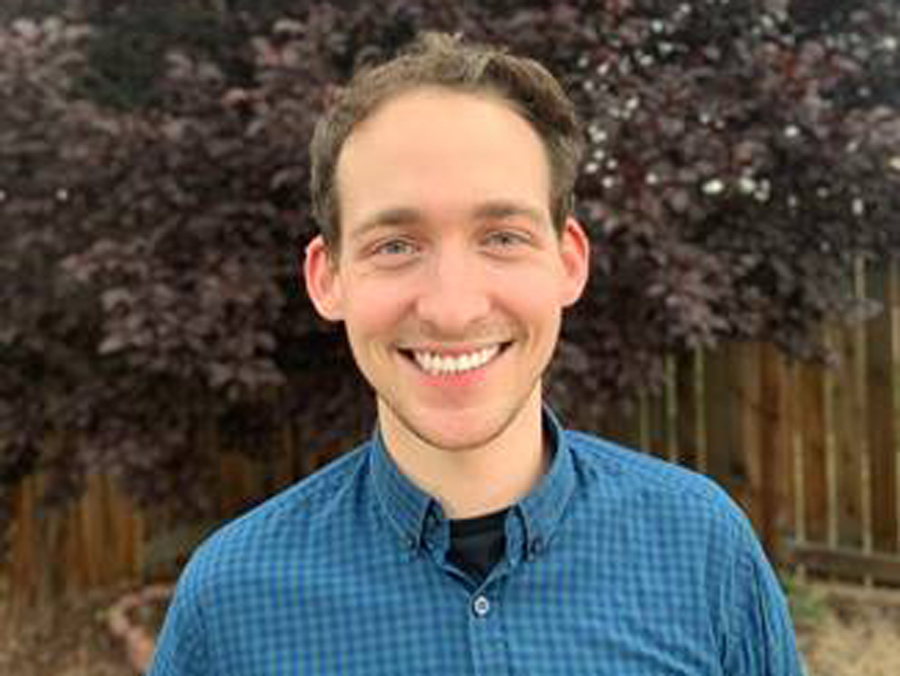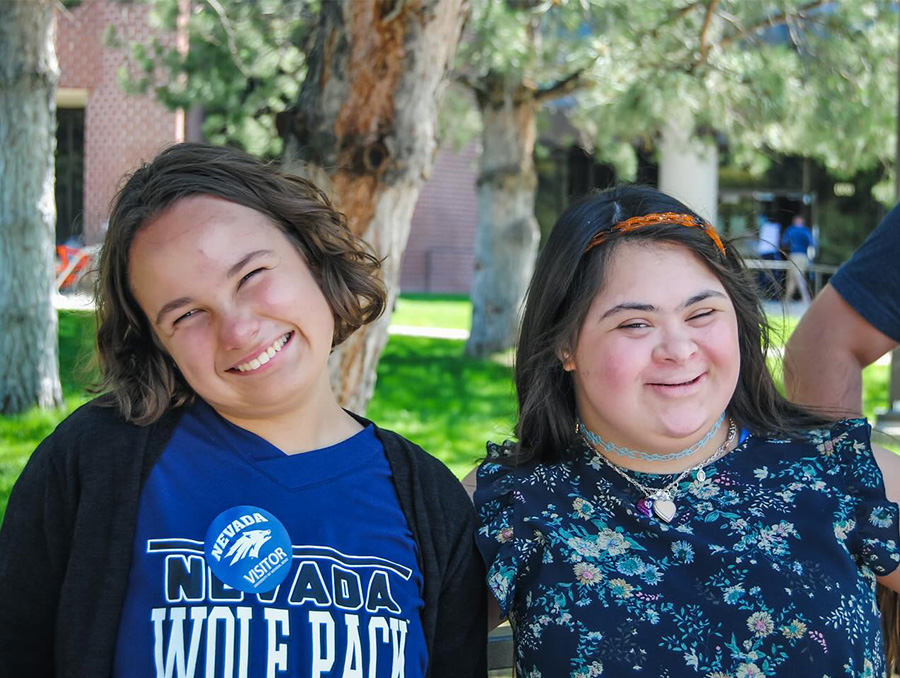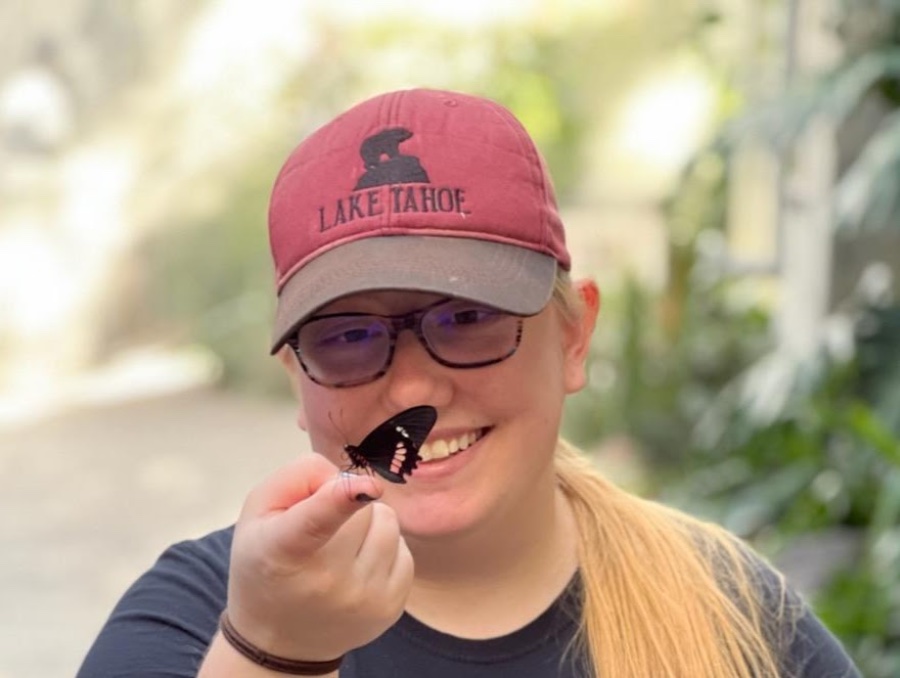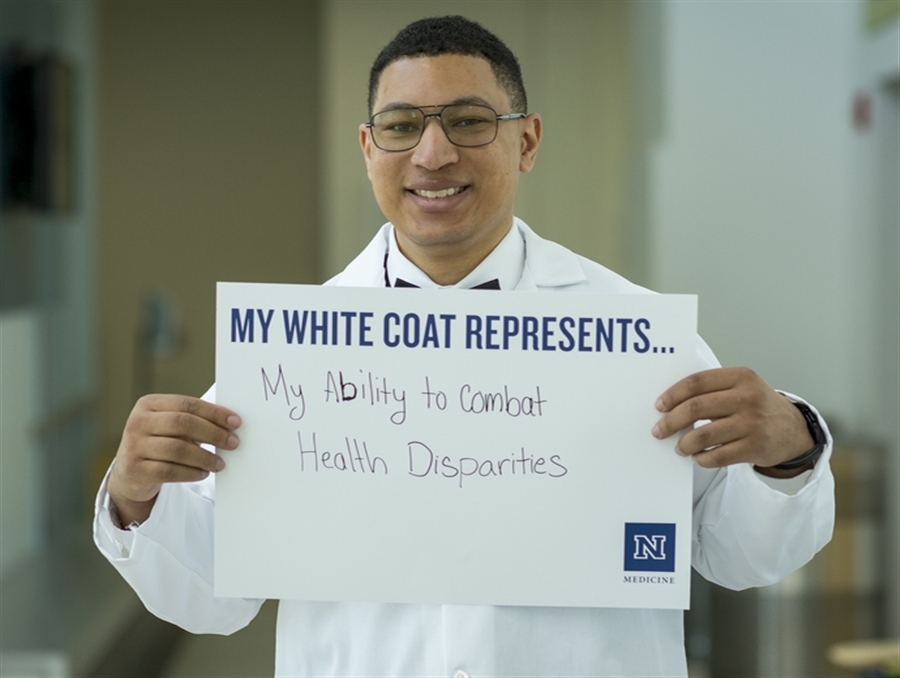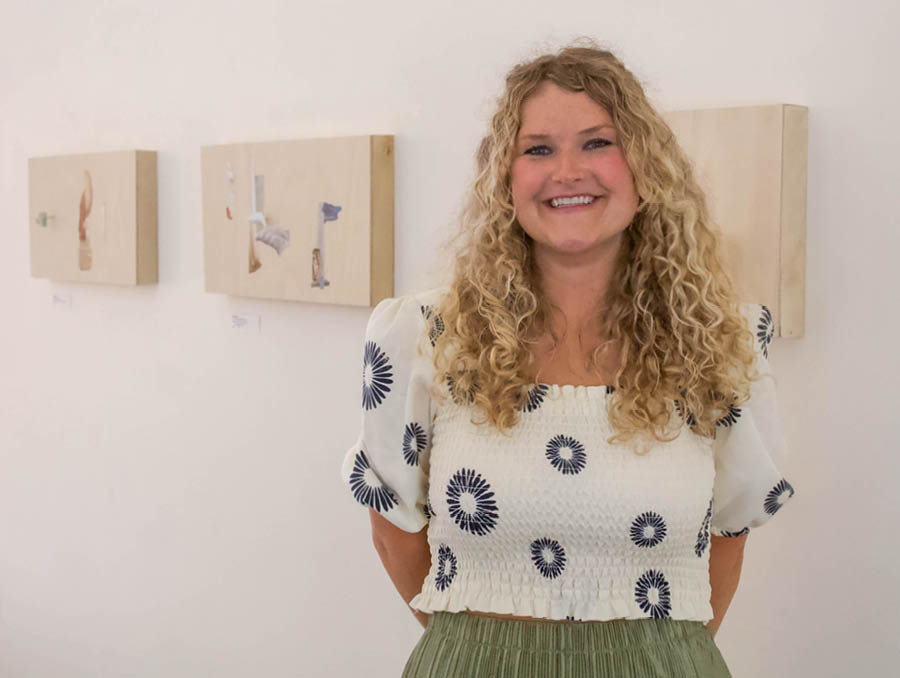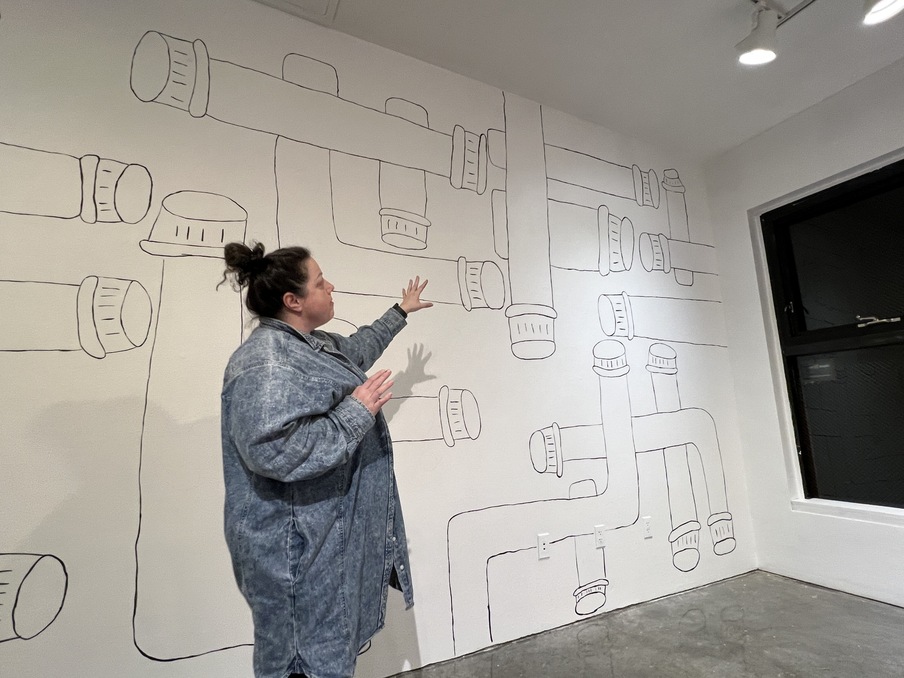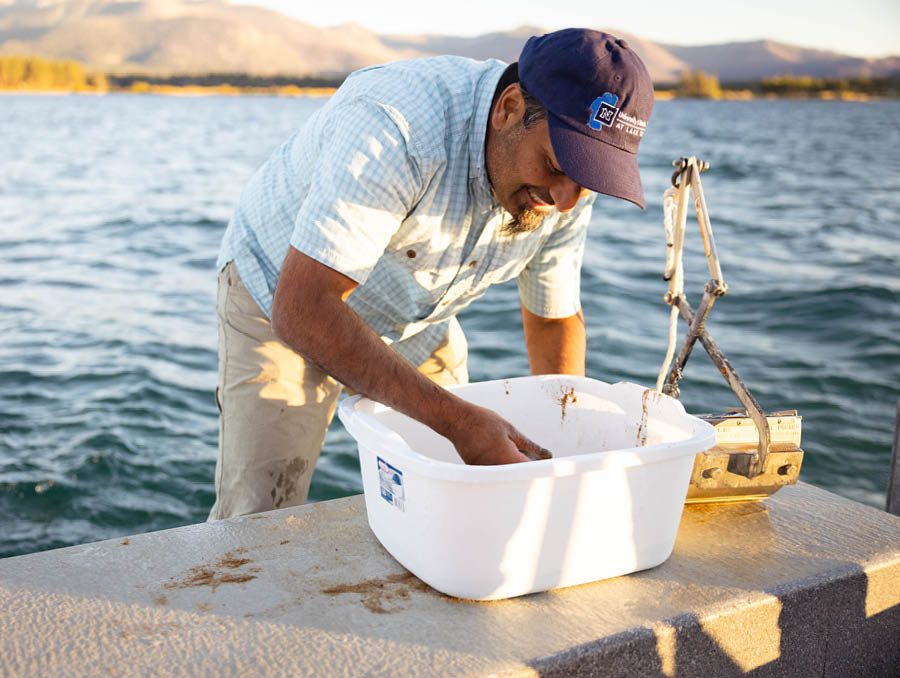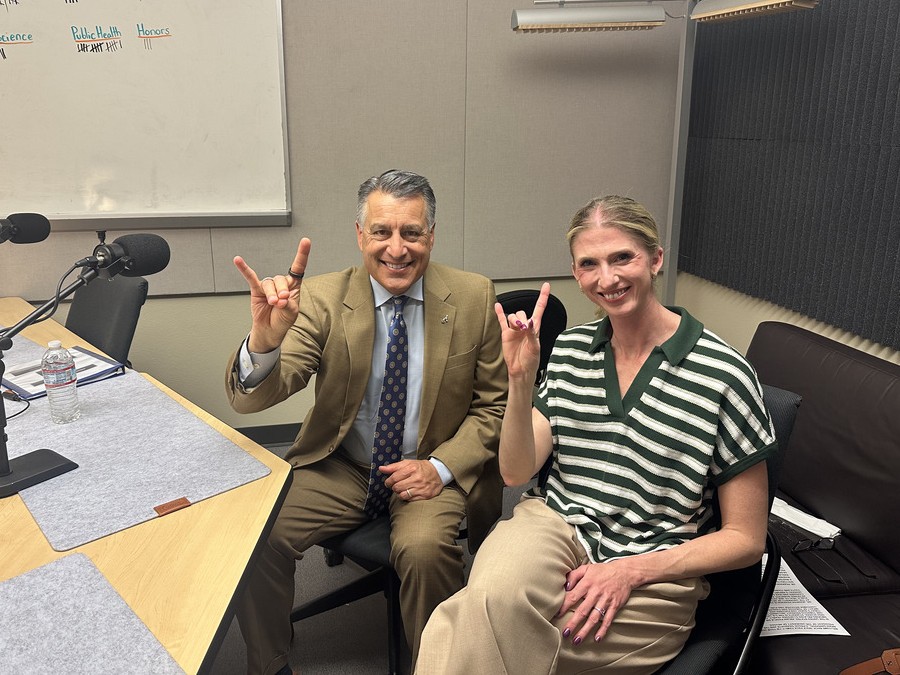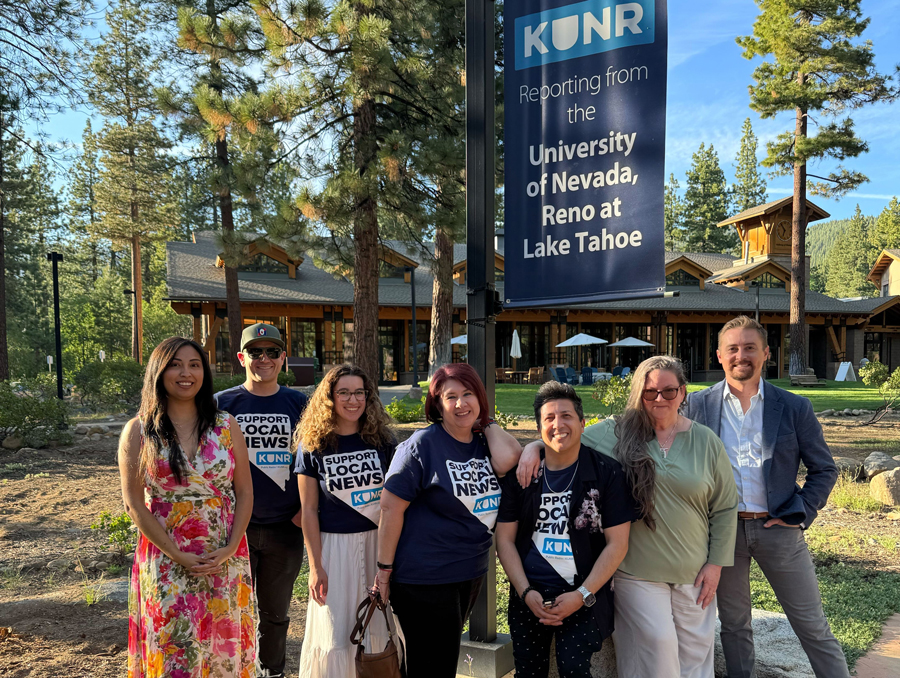The Faculty Early Career Development (CAREER) Program offers the National Science Foundation's most prestigious awards in support of early-career faculty who have the potential to serve as academic role models in research and education and to lead advances in the mission of their department or organization. Activities pursued by early-career faculty build a firm foundation for a lifetime of leadership in integrating education and research.
As one of the esteemed recipients of the CAREER award, Assistant Professor of Physics Thomas White will use the funding to create the Universe’s most extreme states of matter here on Earth and he is inviting everyone from undergraduate students to post-docs to help him do it. Below he answered a few questions about the award, his plans for the future, and his dedication to student success.
Can you describe the research your CAREER award will support?
This CAREER award supports exploring some of the most extreme states of matter we know to exist in the Universe and can probe in a laboratory setting. All visible matter is made up of two components, heavy nuclei surrounded by much lighter electrons. The slow-moving nuclei are often assumed to respond weakly to the electrons hurtling around them. This premise is the cornerstone of modern simulation techniques in both physics and chemistry. However, extreme environments, such as in the center of planets and stars, create incredibly hot dense matter. This results in fast-moving electrons that begin to strongly interact with the slow-moving nuclei, challenging previous assumptions.
"Ultimately, we hope to answer questions such as: What is the pressure at the center of Jupiter? What is the sound-speed or viscosity at the center of Trappist-1e - an Earth-sized exoplanet just 40 light-years away?"
This award supports experimental work at some of the world’s largest lasers, including the National Ignition Facility - the world’s most energetic laser. We will recreate the harsh astrophysical conditions on Earth to measure the nuclei dynamics in regimes where data is scarce. Measurements of fundamental quantities, including particle diffusion and sound speed, will be used to validate state-of-the-art quantum mechanical simulations.
What are the real-world implications of this research? What do you hope to achieve?
This research will directly improve our understanding of the behavior of matter at the center of planets and stars. By recreating these extreme states of matter on Earth, we hope to make measurements in regimes never thought possible. These data points provide us the first opportunity to benchmark our theories. Ultimately, we hope to answer questions such as: What is the pressure at the center of Jupiter? What is the sound-speed or viscosity at the center of Trappist-1e - an Earth-sized exoplanet just 40 light-years away?
In addition to the astrophysical connection, these states of matter occur during nuclear fusion efforts. One such technique uses high-powered lasers to compress small capsules of Deuterium and Tritium to extremely high densities. These capsules reach temperatures in excess of 100 million degrees Celcius and, for a very small period of time, a mini version of a star is created on Earth. The goal is to create an unlimited, clean energy source that can help us deal with the dwindling supply of fossil fuels and other natural resources.
What spurred this area of research for you? How has it evolved?
I started my Ph.D. at the University of Oxford over a decade ago. At that time, I had no real idea what a laser was. I didn’t know how they worked, and I certainly didn’t imagine you use them to recreate planetary interiors here on Earth! However, all that changed after completing my first physics experiment. Along with colleagues in the U.S., we used the Titan laser, a small room-sized system located in Livermore, California, to heat graphite to temperatures above twenty thousand kelvin. I was hooked! My fascination with these systems, together with the excellent guidance and support from my Ph.D. advisor, Prof. Gianluca Gregori, set me down the path I am on today.
Since then, the lasers have gotten bigger, the targets smaller, and the states of matter hotter, denser, and generally more extreme. A range of phenomenal new facilities have been built here in the U.S. and abroad, including ultra-intense optical lasers, high-energy systems as big as three football pitches, and mile-long X-ray lasers that can probe deep into our samples. It’s such an exciting time to study these extreme states of matter.
The Faculty Early Career Development (CAREER) Program offers the National Science Foundation’s most prestigious awards in support of early-career faculty who have the potential to serve as academic role models in research and education. How are you planning to integrate education and outreach in your CAREER project?
I firmly believe undergraduate students must get the opportunity to engage in research early; not only can they directly contribute to these exciting projects, but also gain essential skills vital for graduate school preparation. This award includes paid research experience to undergraduate students at the University, and as a first-generation student myself, I understand the importance of supporting our underrepresented communities. That is why I work in close collaboration with the excellent programs at the University, such as the Pack Research Experience Program (PREP) and McNair’s Scholar project.
"Whatever stage of research you are at, from undergraduate student to senior post-doctoral scholar, you have something to contribute to these cutting-edge scientific projects. That is why I aim to provide all students the opportunity to participate in this kind of research."
I will also prepare a new online course made available to the global plasma physics community. This course will focus on the numerical simulations used in my research, emphasizing high-performance computing techniques. This course is provided with support from the University’s high-performance computing team and adds to several incredibly successful online courses provided by the Physics Department.
How do you hope to have an impact on your students’ lives and futures as scientists?
Whatever stage of research you are at, from undergraduate student to senior post-doctoral scholar, you have something to contribute to these cutting-edge scientific projects. That is why I aim to provide all students the opportunity to participate in this kind of research. By training students early, providing exposure to extensive national and international collaborations, and providing local support, we can ensure students achieve their academic and personal goals. However, I am well aware that physics is a broad topic and, when starting, it can often seem overwhelming. However, I hope by building a group with a range of backgrounds, interests, and experience, we can ensure the next generation of scientists are adept, successful, and most importantly, happy.
What’s next for you, your research and your career?
My group and I are excited to make a start on this research! To begin creating these states of matter that have never before been seen on Earth. With several large upgrades and new laser systems coming online over the next few years, we will hopefully be studying these systems with increased accuracy, more energy, and even larger laser systems.
